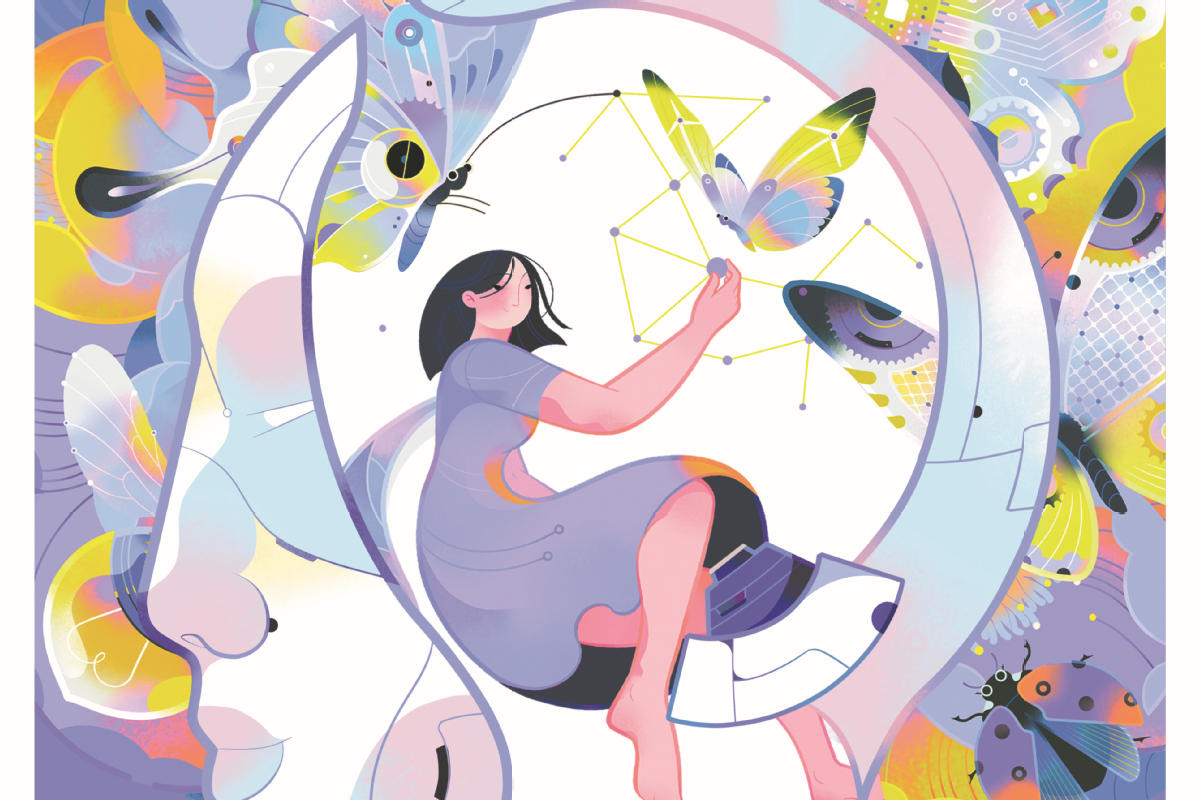Building foundations with imagination
Celebrated architect's exhibition showcases a unique style, Xu Haoyu reports.

An exhibition presenting significant projects from the past two decades by Ma Yansong and his firm MAD Architects opened at the Shenzhen Museum of Contemporary Art and Urban Planning in Guangdong province.
The exhibition aims to initiate discussion of the interconnected relationships between cities, communities, architecture, culture, and nature through the presentation of a variety of content and thought-provoking questions. It encourages the public to reflect deeply, while also sparking their imagination about future life and cities.
As Ma states in the exhibition's preface: "Architecture and cities are not abstract sciences and technologies; they are real scenarios where life unfolds. Architecture is about sensations, atmosphere, and time. It is alive, possessing characteristics of life, and, as a result, it is filled with energy: flowing, dynamic, and uncertain."
With 79 models and nearly a thousand examples of work, the exhibition narrates the lesser-known efforts made by the firm to overcome technical and construction obstacles. It is also the firm's largest, most comprehensive, and most significant exhibition since its founding.
Over half of the content consists of materials previously never displayed, including project-related documents from the conceptual and design stages, such as sketches and research reports. It also encompasses the evolution of design drawings during the development process and simulations of construction samples, as well as visual records.
The exhibition unfolds around a large round table, which displays 100 printed questions from past and current MAD colleagues to visitors.
These questions revolve around topics such as the city, architecture, daily life, the future and dreams. The intention is to inspire people to engage with the exhibition through these questions and, in doing so, create ongoing, widespread and profound opportunities for dialogue, according to Ma.
In response to one of the questions on the round table, "what real-world problems should architects solve", Ma answers: "Almost all problems are related to architecture, whether they are social, cultural, historical, or related to daily life."
He says that architecture is highly interdisciplinary, and can be viewed from multiple angles, including art, technology, functionality, materials, and even through the lens of sociology and anthropology.
"I believe that architecture should make the real world better. Some spaces can reduce communication, while others can promote harmony. Architecture has the potential to serve many purposes," says Ma.
He adds that as a human creation, architecture is an externalization and extension of the psyche, both in terms of tools and artistry.
"It reflects our attitudes toward the external world, history, and the future," he says. "The subjective and diverse process of externalization generates a multitude of voices, interpreting the best aspects of harmony and resonance."
A seabird poised to take flight toward the distant horizon has been placed at the center of the exhibition space. This installation piece called Freedom belongs to the first chapter of the exhibition, which is titled Dialogue. It features seven urban public projects, including Shenzhen Bay Culture Park, Harbin Opera House, the FENIX Museum of Migration in Rotterdam, the Netherlands, Quzhou Sports Park, Yiwu Grand Theatre, and the Lucas Museum of Narrative Art in Los Angeles.
Ma sees Shenzhen Bay Culture Park, which has a smooth, irregular and double-curved structure made of granite, as an example that shows the development of modern technology. The designs don't clearly distinguish between architecture and nature; the sea and the park can blend seamlessly together, he says.
"From the very beginning, when we started opposing Modernist architecture, we challenged all the fundamentals. Those large rectangular, boxlike buildings were technically simple and easy to replicate. The future should not be about what technology can create, and people have to live in those spaces; it should be about what spaces people want to live in, and technology should find ways to achieve that," says Ma.
"Why would anyone want to live in a square box. Isn't that strange? It's a product of the industrial mass production era, and there should be a change," he adds.
The second chapter, Process, showcases several projects MAD Architects is currently building or has completed, including the Hainan Science and Technology Museum, Jiaxing Train Station, and the Absolute Towers in Mississauga, Ontario, Canada. It aims to illustrate MAD's diverse practices, emphasizing that the future of the city arises from the imaginative engagement with the layers of urban reality.
The third chapter of the exhibition presents building models consisting entirely of art and design pieces, including chairs and fish tanks, suspended in floating bubbles.
Ma reveals that the special display was developed from an idea that emerged in the final two weeks leading up to the opening of the exhibition.
"These elements don't fit the conventional definition of architecture, but I found it's more intriguing to place them within bubbles, creating the illusion of them floating in midair. Stepping into this area feels like entering a dream world that is light and ethereal," he says.
Ma has always been drawn to the sensation of floating, drifting, and breaking free from the confines of the ground. Even in his earliest student assignments, he created projects that seemed to float in the sky.
"People would ask, 'how do your pieces stay suspended like that? Where is the structure?' To be honest, I didn't always have the answers, but it seems like I've always been in pursuit of a feeling of freedom and escape from the constraints of the ground. It's as if being tethered to the earth is a problem that can be solved by achieving this sense of weightlessness," he adds.
The section makes the statement that architecture is not just about walls and floors, it's about space, it exists within the atmosphere and perception it creates.
"The reality is not about existence but sensation," Ma claims.
The fourth chapter showcases 12 projects, including Beijing 2050, Hutong Bubble 32, and the Cloudscape of Haikou, among others. It constructs a symphony of urban fantasies on-site, with each piece reflecting the architect's thoughts and criticism of urban reality.
"MAD's work is like a fantasy. MAD itself means madness, expressing rebellion, and it also implies opposition to single rules, correct goals, tedious forms, and monotonous languages. What we are more interested in is responding to the colorful real world with rich, abundant, and pure emotions," Ma says.
In 2010, he was awarded International Honorary Membership by the Royal Institute of British Architects, and in 2014, he was selected as a 2014 World Young Leader by the World Economic Forum. In the professional field, his designs are often regarded as bold and unconventional.
For young architects or anyone in any professional field looking to challenge tradition, Ma offers this advice: "I'm not challenging tradition itself, but rather the way others perceive tradition. Some claim to respect tradition, but in reality, they are merely copying, which is an insult to tradition. In all great civilizations with rich traditions, there are countless innovations and creative ideas that reflect dreams and passion for the future. What we should draw from tradition and history is the power of innovation and the courage to see the world differently."
"Life is about creation, and art is brimming with vitality. Some people enjoy making paintings, others sculptures, and some revel in building skyscrapers. This exhibition allows people to experience and immerse themselves in the spirit of nature, urban architecture, history, and the contemporary world through different spaces and multiple dimensions," says Sun Haiyu, a visitor to the exhibition.
Another visitor, Zha Hu, says that, "maybe as a mad and creative person, Ma is using architecture to show his vision of love".
The exhibition continues until Dec 17.
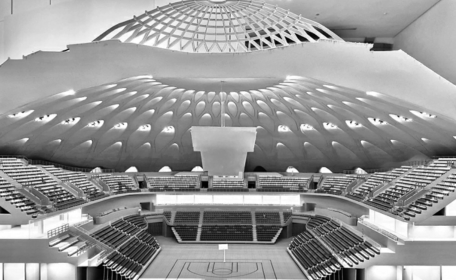
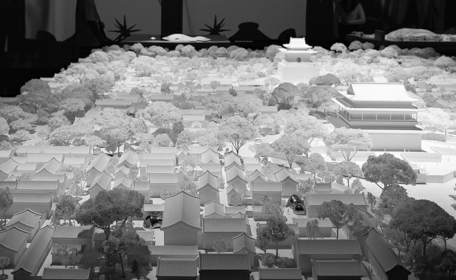

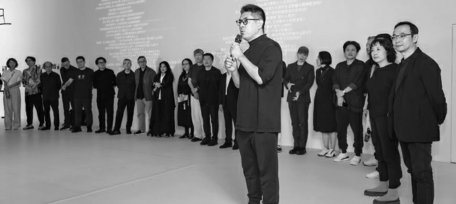

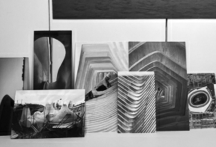
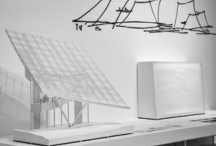
Today's Top News
- Ukraine says latest peace talks with US, Europe 'productive'
- Economic stability a pillar of China's national security
- Xi taps China's deep wisdom for global good
- New rules aim for platforms' healthy growth
- Chinese web literature grows overseas
- Postgrad exam trend points to thoughtful approach


















